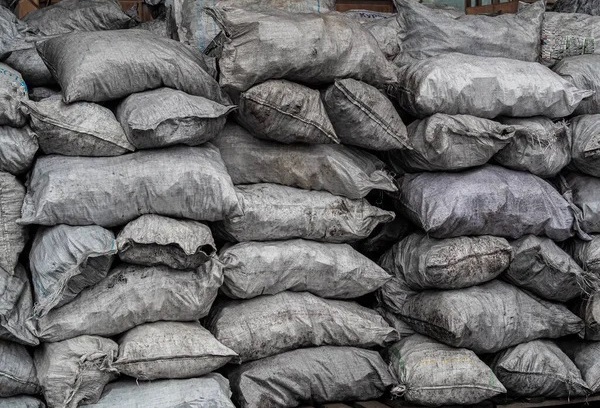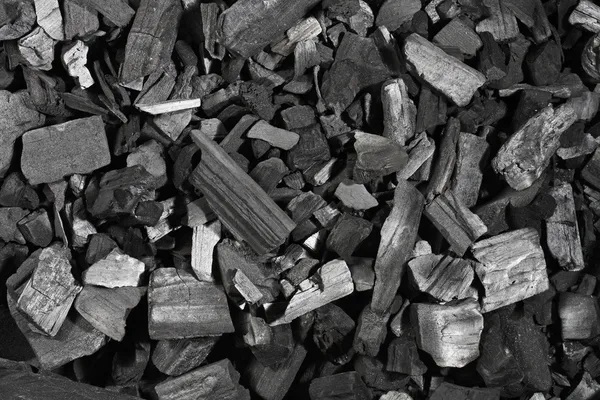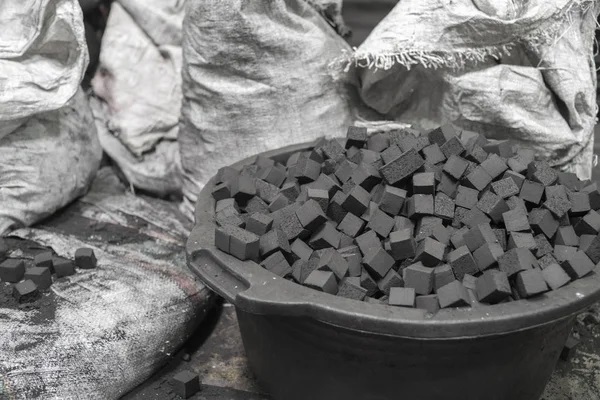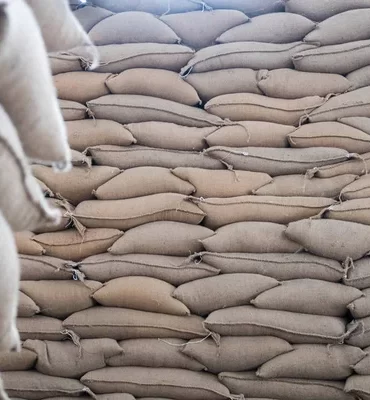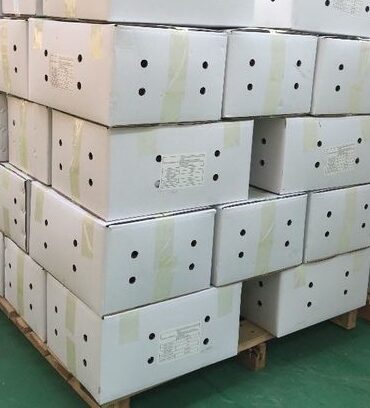- You have no items in your shopping cart
- Continue Shopping
Charcoal
GHS14,333 per Ton
Specification
Type: Natural Grade A
Specification: Fixed Carbon Greater Than 75%
Volatile Matters: 15.5%
Ash Content: Less Than 5%
Moisture Content: Less Than 8%
Heating Level: 6800 – 7200Kcal/kg
Burning Time: 980 sec/cm3
Wood Type: Oak Trees, Rosewood Trees, Acacia, Mahogany, Iroko, No Spark, No Smoke, No Smell, Low Ash, Easy Ignite, Long Burning Time
Charcoal Sizes Length: 30mm – 150mm
Diameter/Thickness: 30mm – 100mm
Shape: Irregular
Average Weight: 26g/Unit
Lump Cuts: 76%
MADIS GROUP ensures that its range of products comply with the stringent requiremen of the International Organization for Standardization (ISO).
Fixed carbon content
The fixed carbon content of charcoal ranges from a low of about 50% to a high or around 95%. Thus charcoal consists mainly of carbon. The carbon content is usually estimated as a “difference”; that is to say, all the other constituents are deducted from 100 as percentages and the remainder is assumed to be the % of “pure” or “fixed” carbon. The fixed carbon content is the most important constituent in metallurgy since it is the fixed carbon which is responsible for reducing the iron oxides of the iron ore to produce metal. The industrial user must strike a balance between the friable nature of high fixed carbon charcoal and the greater strength of charcoal with a lower fixed carbon and higher volatile matter content to obtain optimum blast furnace operation.
Ash content
Ash is determined by heating a weighed sample to red heat with access of air to burn away all combustible matter. This residue is the ash. It is mineral matter, such as clay, silica and calcium and magnesium oxides, etc., present in the original wood and picked up as contamination from the earth during processing. The ash content of charcoal varies from about 0.5% to more than 5% depending on the species of wood.

